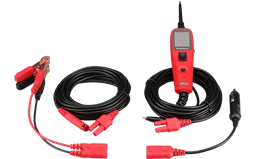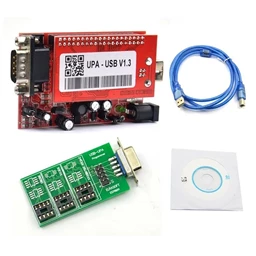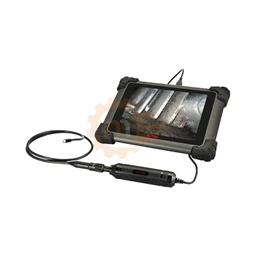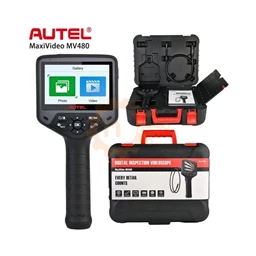The Key to Safe and Comfortable Driving: The Steering System The steering system is one of the most basic safety and control mechanisms of a vehicle. It allows the driver to easily and precisely steer the vehicle in the desired direction. Hydraulic or electrically assisted steering systems (Power Steering) are widely used in modern vehicles to reduce the steering turning force, especially in parking maneuvers and at low speeds. At the heart of these systems is the steering pump. In power steering systems, a pump driven by an engine helps with steering movement by generating hydraulic pressure, while in electric steering systems (EPS - Electric Power Steering), an electric motor provides this support. The steering pump may fail over time due to wear, leakage or other reasons. These failures can lead to hardening of the steering, making abnormal noises, reduced driving safety and, if neglected, larger and more costly problems. Noticing the signs of steering pump failure early and making the right intervention is of great importance in terms of protecting both driving comfort and safety. In this comprehensive guide, we will discuss in detail the common symptoms of hydraulic and electric steering pump failures, the possible causes of these failures, diagnostic methods and professional repair and maintenance tips that we offer as Nitro Bilişim. What are the Symptoms of Steering Pump Failure? Some common symptoms that may be a harbinger of a problem with your steering pump are: * Stiffening or Straining at the Steering Wheel: - It requires much more power than usual to turn the steering wheel, especially at low speeds (when parking or slow maneuvers). - The steering wheel suddenly hardens and then returns to normal or hangs at certain angles. * Abnormal Sounds: - Sounds When Turning the Steering Wheel: Sounds similar to whining, whining, squeaking or rubbing coming from the pump when you turn the steering wheel to the right or left. These sounds are usually more pronounced at low speeds. - Sounds Coming from Idling or Engine Running: A continuous humming or purring sound coming from the steering pump when the engine is running or idling. * Problems With Steering Oil (in Hydraulic Systems): - Oil Leak: There is a leak of power steering oil (usually red or amber) from the steering pump, hoses or ports. Drops or deposits may be noticed where the vehicle is parked. – Low Oil Level: Continuous decrease of the level in the power steering oil reservoir. - Foamy or Discolored Oil: The presence of air bubbles in the oil or the fact that its color looks darker, cloudy or burnt than usual may indicate that there is air in the system or that the oil has deteriorated. * Delayed Response at the Wheel: When you turn the steering wheel, the wheels of the vehicle do not react instantly, some space or delay is felt. * Steering Wheel Vibration: An abnormal vibration is felt on the steering wheel, especially when turning the steering wheel or at certain speeds. * EPS Warning Light On (In Electric Steering Systems): The warning light (usually the steering wheel or EPS symbol) on the instrument panel indicating that there is a fault with the electric steering system lights up. Possible Causes of Steering Pump Failures Steering pump failures can be caused by various factors: Causes of Power Steering Pump Failures: * Low Power Steering Oil Level: One of the most common reasons. A decrease in the oil level due to leaks may cause the pump to run dry and be damaged by overheating. * Contaminated or Degraded Hydraulic Oil: Hydraulic oil that loses its properties over time, gets dirty or gets water mixed into it, leads to wear and malfunction of sensitive parts inside the pump (rotor, fins, bearings). * Wear and Tear Inside the Pump: As a result of long-term use, the moving parts inside the pump may wear out. * Belt Problems: Loose, worn or broken V-belt driving the steering pump causes the pump to be unable to generate sufficient pressure. * Air Intake (Air in the System): The presence of air in the hydraulic system may cause the pump to make a noise and the steering wheel to operate erratically. It usually occurs as a result of leakage or incorrect oil filling. * Clogged Hoses or Filters: Clogging of the hoses or filter (if any) inside the power steering system may restrict the oil flow, creating an excessive load on the pump. * Leakage in Pump Seals: Oil leaks may occur as a result of hardening or wear of the seals on the inlet and outlet shafts of the pump over time. Causes of Electric Steering Pump (EPS Motor) Failures: • Electric Motor Failure: Burning of windings, abrasion of brushes or deterioration of bearings inside the electric motor, which is the heart of the EPS system. * Control Module (ECU) Failure: Software or hardware problems in the electronic control module that manages the EPS system. * Sensor Failures: Failure of sensors critical for the proper operation of the EPS system, such as the steering torque sensor, steering angle sensor. * Wiring and Electrical Connection Problems: Disconnection, short circuit, corrosion or loose connections in the cables leading to the EPS motor or control module. * Overheating: Overheating of the electric motor or control module may lead to a decrease in performance or permanent damage. * Voltage Problems: Low or high voltage in the vehicle electrical system may prevent the EPS system from working properly. Diagnosis of Steering Pump Failures The correct diagnosis prevents unnecessary part replacement and ensures that the problem is permanently solved: 1. Observation of Symptoms: It is carefully noted which of the symptoms listed above are present. 2. Visual Control: - In Hydraulic Systems: Oil level and quality are controlled. It is checked whether there are leaks in the pump, hoses and connection points. The condition of the drive belt is examined. - In Electrical Systems: Cable connections, connectors and fuses are checked. 3. Listening for Sounds: Abnormal sounds from the pump are listened to while the steering wheel is turned or the engine is running. 4. Scanning with Fault Detection Device (Especially in EPS Systems): With professional fault detection devices such as Autel, Launch offered by Nitro Bilişim, the recorded fault codes (DTC) are read by connecting to the relevant control modules of the vehicle (for example, EPS ECU) and the live sensor data are monitored. 5. Pressure Test (in Hydraulic Systems): The pressure produced by the power steering pump is measured with a special pressure gauge and compared with standard values. 6. Road Test: If necessary, a road test is carried out with the vehicle to observe under which conditions the fault is more pronounced. Steering Pump Repair and Replacement Tips Depending on the type and severity of the malfunction, different solutions can be followed: * Completion of the Hydraulic Oil Level and Leak Repair: If the problem is only a low oil level, the correct type of hydraulic oil is added and the source of the leak is found and repaired (for example, a loose clamp is tightened, a damaged hose is replaced). * Replacement of Power Steering Oil and Filter: Contaminated or degraded oil negatively affects the performance of the system. Changes should be made during the periods recommended by the manufacturer and with the correct type of oil. If any, the filter should also be replaced. * Air Removal in the System: If there is air in the hydraulic system, the air in the system is discharged by following special procedures. * Replacing or Adjusting the Drive Belt: Loose or worn belts are replaced or their tension is adjusted. * Steering Pump Revision (Hydraulic): In some cases, the power steering pump can be revised by removing and replacing worn seals, bearings or other parts inside by removing the power steering pump. However, this process requires expertise. * Steering Pump Replacement: If the pump is not possible to repair or is not economical, it must be replaced with a new one (original or a quality subsidiary industry). It is important to ventilate the hydraulic system after the change and make adaptations if necessary. * EPS Motor or Control Module Replacement (Electrical): The EPS motor or control module that is found to be defective is usually replaced completely. Calibration or programming is usually required with the fault detection device after the change. * Wiring and Sensor Repair/Replacement (Electrical): Defective cables are repaired or sensors are replaced with a new one. Nitro Informatics Tip: After the steering pump replacement or repair, especially in hydraulic systems, it is important to clean the system (flushing) and fill it with new, correct type of hydraulic oil to extend the life of the new pump. Expert Solutions to Your Steering System Problems with Nitro Bilişim As Nitro Bilişim, we are a service specialized in the diagnosis and repair of all kinds of steering pump and steering system failures. With our experienced technicians and modern diagnostic equipment: • We perform comprehensive fault detection for your hydraulic and electric steering systems. • We perform repair and replacement operations using original or high-quality spare parts. • We provide power steering oil change and system cleaning services. * We do calibration and programming for EPS systems. May Your Steering Wheel Be in Safe Hands!
The steering pump is a vital component for the safe and comfortable steering of your vehicle. In order not to put your driving pleasure and safety at risk in the event of a malfunction, it is the best approach to notice the symptoms early and seek professional help.
You can rely on Nitro Bilişim's expertise and quality service understanding for any problems you have with your steering system. Remember, smooth steering is the beginning of a safe journey.

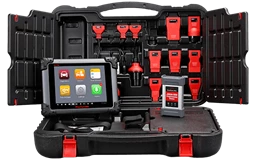
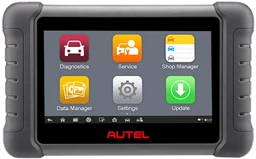
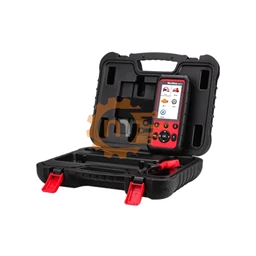
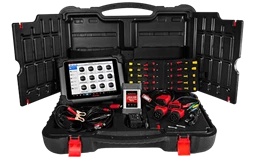
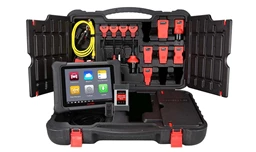




.webp?size=256)

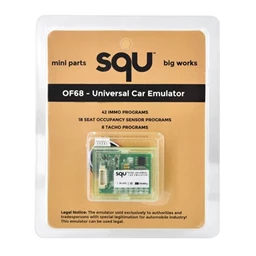
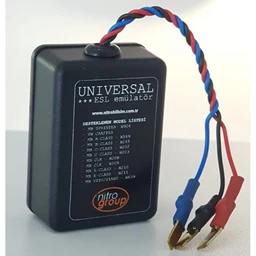

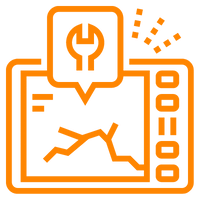

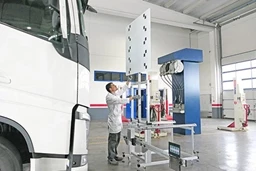
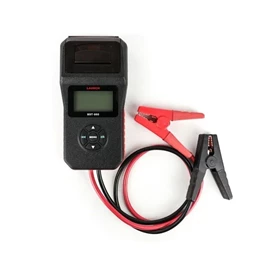
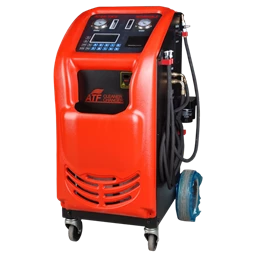
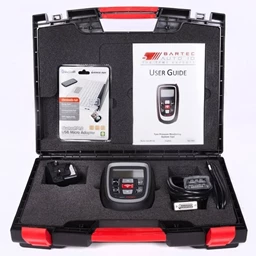
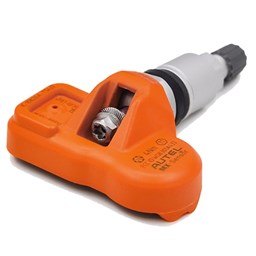

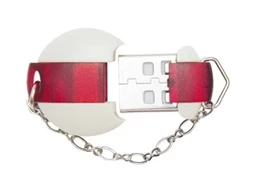


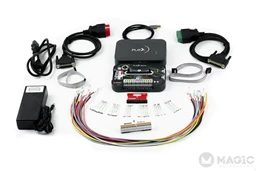
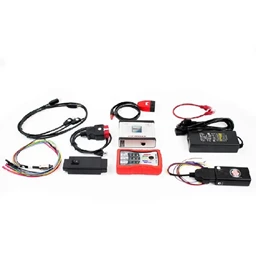
 Cihazı.webp?size=256)

